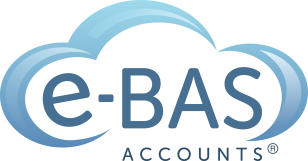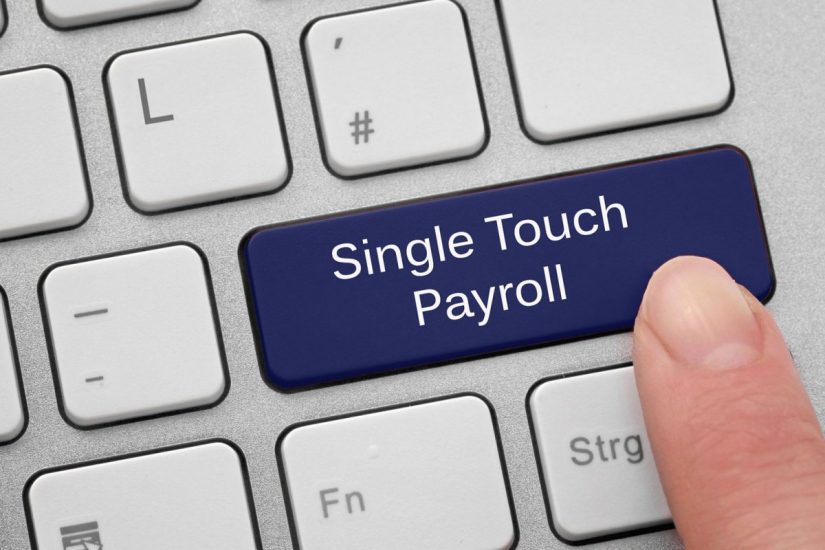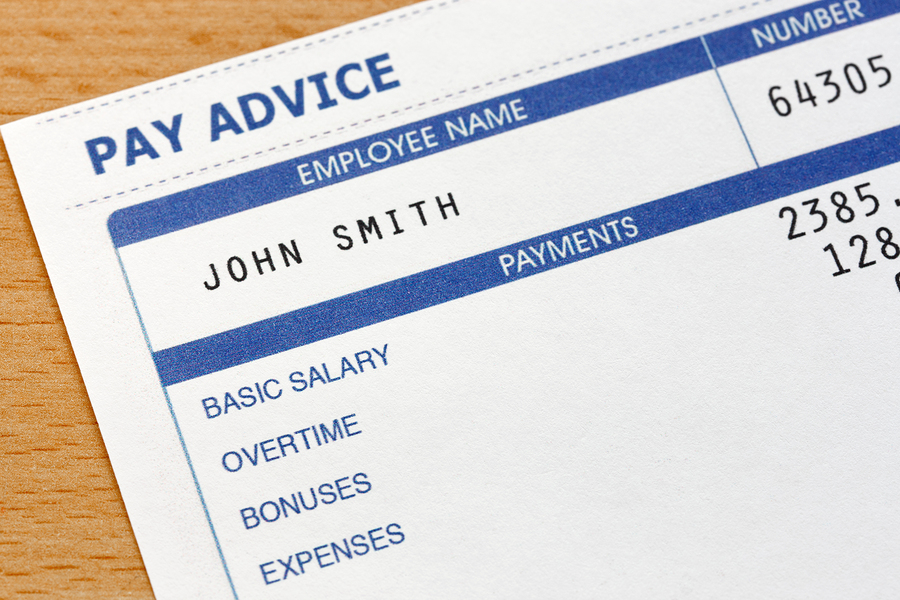Employing staff and Coronavirus: Fairwork directions
Coronavirus (COVID-19) has brought with it great uncertainty and worry amongst the general population, not the least of these, employers and staff. There are many unknowns relating to how to manoeuvre in these difficult times as an employer, especially in terms of ensuring staff are treated correctly and fairly. Recently, Fairwork released some direction for employers on their website. We advise you read the bulk of the details on their page yourself but we do provide a “taste” of the information provided below.

My employee (or his family member) has Coronavirus. What now?
You must direct the employee not to come to work and to only return when s/he has been given medical clearance. If the employee is part or full time, s/he will be able to take paid personal/carers leave. Casual workers will need to take unpaid leave given they do not receive leave entitlements. Workers refusing to use their leave entitlements are not required to be paid. You can ask the employee for evidence of the illness or emergency i.e. doctor’s certificate if required.
My employee wants to stay home to avoid contact with others.
In this case, you need to discuss this with the staff member and come to an agreement that suits you both. If working from home is an option and your staff member agrees to do so, then make arrangements together to ensure this can occur easily and smoothly. If the employee cannot work from home, then you must decide if paid or unpaid leave will be provided. Where an employee refuses to take paid leave (where it is available), then that employee cannot be paid.
I want to tell my employee/s to stay home.
From Fairwork: ” Under workplace health and safety laws, employers must ensure the health and safety of their workers and others at the workplace as far as is reasonably practicable. ” If you believe that it would be best to instruct your staff to stay home due to possible risks from COVID-19, then you certainly can do so. You can organise a “work-from-home” scenario where possible or if not possible, you can direct staff to remain off site but you must be aware as per Fairwork ” where an employer directs a full-time or part-time employee not to work due to workplace health and safety risks but the employee is ready, willing and able to work, the employee is generally entitled to be paid while the direction applies”, and also “standing down employees without pay is not generally available due to a deterioration of business conditions or because an employee has the coronavirus.”
I want to direct staff not to travel.
While you can direct your employees not to travel for work-related events, meetings etc because you want to reduce the risks associated with COVID-19 at your workplace, you cannot ask them to cancel personal travel/trips.
So, in summary, you need to ensure your workplace is safe and you can do this by keeping unwell employees at home and/or all staff at home if required. If your business is structured in such a way that working from home is possible, then certainly bring that to the table and discuss with staff how best to handle that scenario. Part and full time staff should take personal leave if affected by the virus or unpaid leave if they prefer. Similarly, if staff unaffected by COVID-19 request to remain at home and also cannot work from home, they must opt to take annual or unpaid leave. If you direct staff to stay home and there isn’t any evidence that they have been affected by COVID-19, that is, they are well and able to work, then you must continue to pay them as normal. To read the full list of instructions provided by Fairwork, download their factsheet below.
Employing staff and Coronavirus: Fairwork directions Read More »









